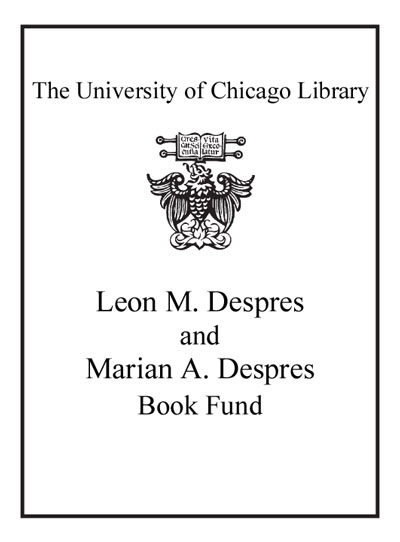Review by Choice Review
This timely and interdisciplinary collection focuses on the "tri-state" subnational governmental units of Chihuahua, Texas, and New Mexico. This book is a major contribution to the understanding of the multiscalar processes of globalization set forth by Neil Brenner and Saskia Sassen and the challenges local governments face. The authors, described as cruzadores (crossers) have an understanding based on extensive research experience in the border region. They provide a pioneering and comprehensive analysis of this transnational urban space that is at the epicenter of globalization, cross-border trade, and border control. The chapters focus on security and safety in the border region; globalized production; urban space; public services and poverty; and immigration, education, and governance. Several chapters focus on the dehumanizing aspects of life on the border, including feminicidio (the sexualized killings of women), narcofosas (narco-graves), and desercion (abandonment), and analyze the responses, or lack thereof, as in the estado ausente (the absent state), to the challenges of education, security, employment, immigration, economic development, militarization, and gender-based violence the region faces. The analysis would be useful to border scholars and to public policy makers in other border regions who face similar challenges. Summing Up: Highly recommended. All readership levels. I. Coronado University of Texas at El Paso
Copyright American Library Association, used with permission.
Review by Choice Review

